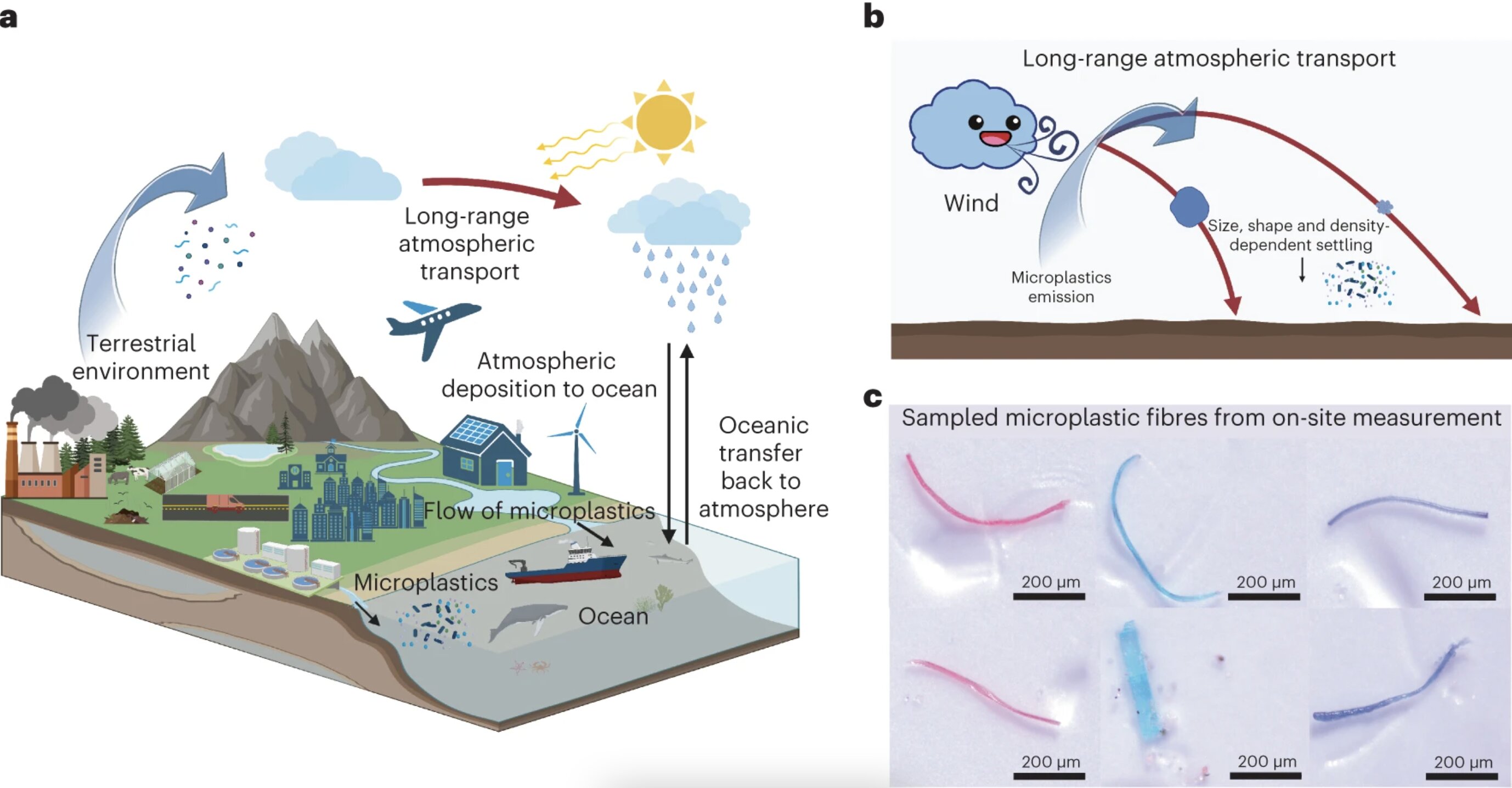Microplastics in our natural environments are of increasing concern as these tiny particles (<5mm diameter) pollute ecosystems, posing issues to the well-being of animals and humans alike. There are two principal categories of microplastics: primary particles are manufactured for their size and originate from consumer products, such as the microbeads used in cosmetics, while secondary microplastics occur due to the breakdown of larger materials, such as plastic water bottles and matter from industrial waste.
This breakdown occurs due to ultraviolet radiation from the sun causing plastic to become brittle and thus susceptible to the erosive action of waves in particular to shear off flakes into the surrounding environment.
Their longevity during decomposition, taking upwards of 500 years to complete in a landfill, is a critical factor of their detrimental impact on habitats. Marine animals ingest microplastics suspended in the ocean, and microplastics mixed with the sand on our beaches is barely noticeable. Research has discovered microplastics in the smallest plankton all the way through to filter feeding giants of the sea—whales.
But it is not just the ocean that transports these tiny particles across the globe. Atmospheric wind regimes can carry microplastics vast distances, and their shape has a critical impact on airborne retention before deposition.
New research published in Nature Geoscience considers a theory-based model to determine the settling velocity (the point at which a particle stops being suspended in air and settles due to gravity) of microplastics of various sizes and shapes (up to 100μm long and down to 2μm wide), as compared to previous research that has assumed spherical microplastics. The effect of air turbulence on settling velocity was also factored to determine long distance transport.
2023-10-04 01:48:03
Link from phys.org rnrn
